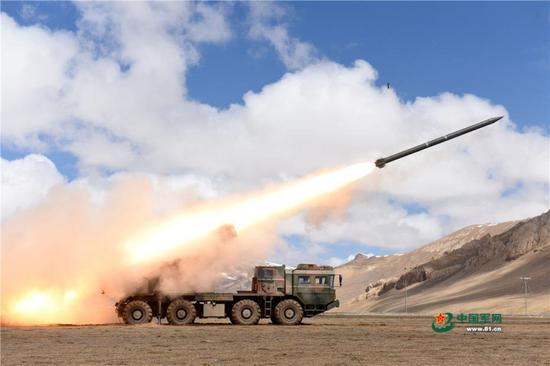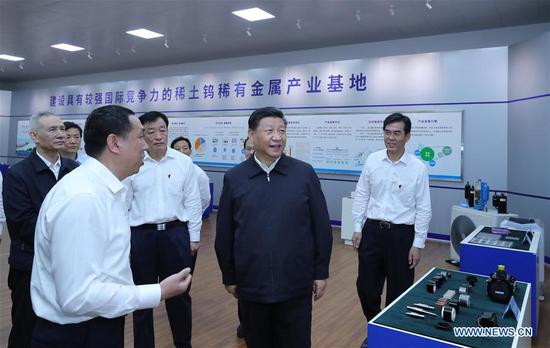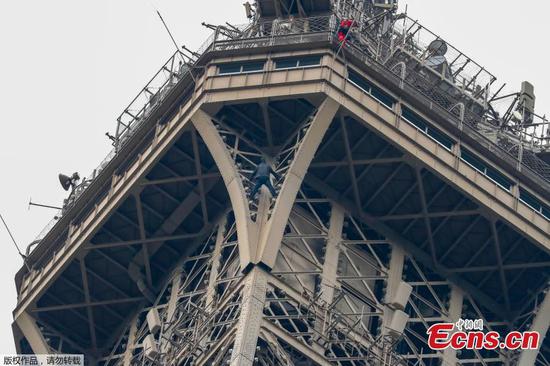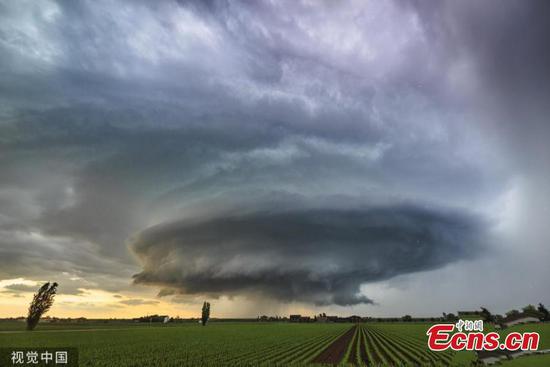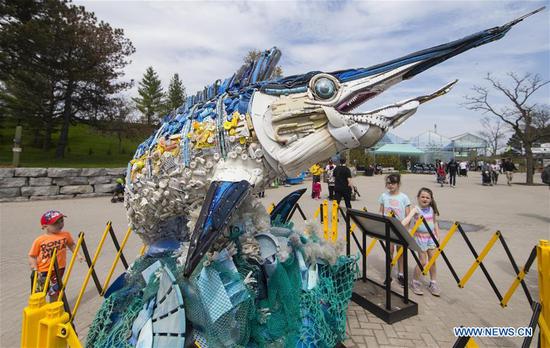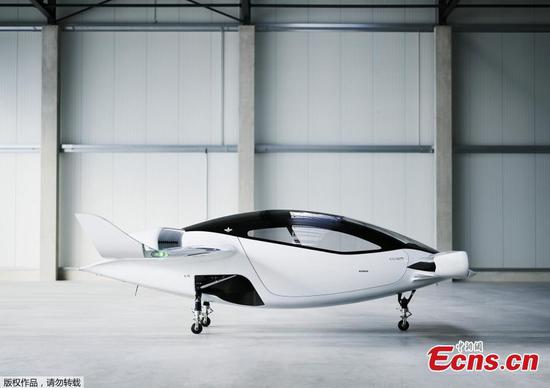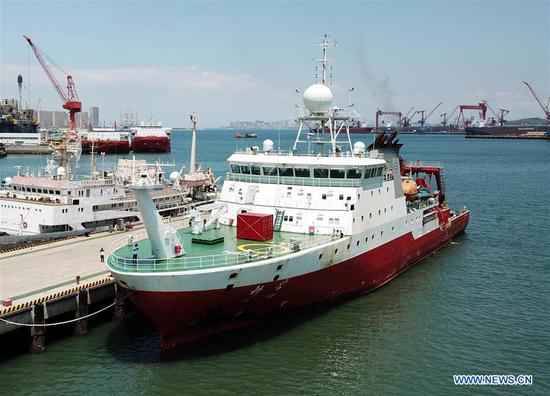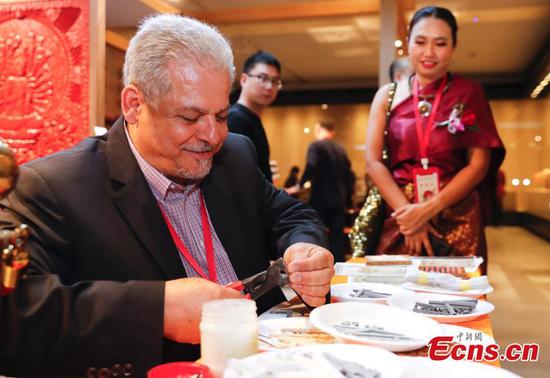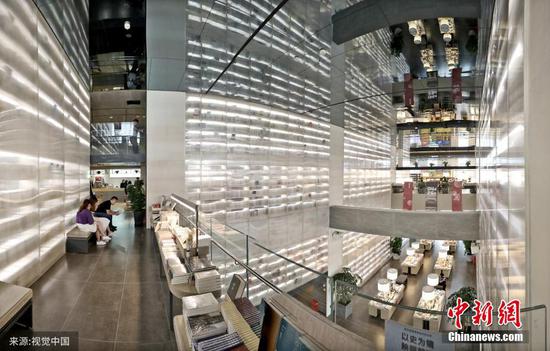Since U.S. President Donald Trump came to office, the U.S. has engaged in a trade fight with almost all major economies, ranging from allies like the EU and Japan, to its major trading partner China.
Though Trump trumpets that trade wars are "easy to win," American consumers and industries have felt the pinch from the tariff hike, with jobs losses and price spikes.
As the U.S. and China engage in a trade dispute, we take a look at how small-scale trade friction between U.S. and a few selective countries has blown into a multi-front trade war under the Trump administration.
Tariffs on solar panels and washing machines
The first shot was fired when Trump ordered an investigation into the imports of solar panels and washing machines in late 2017, claiming the imports hurt domestic manufacturers.
A statement published by the Office of the U.S. Trade Representative said that surging global production and falling prices led to substantial injuries to U.S. companies. It accused South Korean, Mexican and Chinese corporations of pursuing an aggressive downward pricing strategy.
Following the investigation, in February 2018, the Trump administration approved a tariff of 20 percent on the first 1.2 million washing machines and 50 percent on all subsequent imported machines in the following two years. A 30 percent tariff on solar panels, with the rate declining over four years was also approved.
Trump's move immediately raised alarm of rising trade protectionism. In an op-ed for the Washington Post, Chad P. Bown, senior fellow at the Peterson Institute for International Economics, pointed out that before Trump's tariffs on all imports of solar panels and washing machine, the U.S. had already imposed similar special import tariffs on all those products, but only on selected foreign sources.
"His decision could trigger a tsunami of new requests for trade barriers," Bown wrote, raising the fear that this could lead to further tit-for-tat actions from countries subject to the tariff hike.
Tariffs on steel and aluminum
As trade tensions escalate, the Trump government's appetite for tariffs has only increased. In March 2018, Trump announced a 25 percent tariff on steel and 10 percent on aluminum would be imposed based on national security grounds.
Trump granted Mexico and Canada temporary exemption from the steel and aluminum tariffs, hoping to gain a bargaining chip as the U.S. continued its negotiations with the two countries over the North American Free Trade Agreement (NAFTA). He later added the EU and a few other countries in the exemption with the expectation that a separate bilateral deal may be reached.
But Trump's move drew ire from countries all over the world, with U.S. allies at the forefront. Canadian Prime Minister Justin Trudeau said it was inconceivable that Canada could be considered a national security threat, while Jean-Claude Juncker, the president of the European Commission, criticized the move as pure and simple protectionism.
In this case, retaliations from countries subject to Trump's tariff hike were immediate. Canada, the largest exporter of steel and aluminum to the U.S., announced a counter-tariff of 25 percent on American steel exports, and a 10 percent tariff on other goods.
Mexico responded with a retaliation against American goods worth around three billion U.S. dollars, and the EU announced tariffs against a long list of signature goods that are produced in parts of the U.S. that are supportive of Trump.
Tariffs were also used by Trump to further his political goals. In August 2018, Trump decided to double the steel and aluminum tariff on Turkey to 50 percent and 20 percent respectively, amid a diplomatic dispute between the two over the detention of an American pastor.
The auto war
The car industry is a main point of contention between the U.S. and its key allies. On Friday, the White House issued a proclamation regarding a Section 232 report submitted by the Department of Commerce in February. It concluded that imports of automobiles and automobile parts, mainly from Japan and the EU, "threaten to impair the national security of the United States."
The investigation was the third under Trump into autos and parts, following the steel and aluminum cases. The tariffs would affect 208 billion U.S. dollars worth of imports, nearly all from U.S. allies. Companies including Toyota, BMW, Volvo, Honda and Hyundai, which have built large assembly plants in the U.S., would be hardest hit.
Japan's Minister of Economic Revitalization Toshimitsu Motegi said Japan opposes any measure that distorts free and fair trade. Toyota said in a statement that Friday's proclamation sends a message that "our investments are not welcomed, and the contributions from each of our employees across America are not valued."
As for the EU, Trump renewed his complaints saying the bloc treats his country "worse than China, they are just smaller." EU Trade Commissioner Cecilia Malmstrom rejected the notion that EU car exports are a national security threat in a tweet on Friday. EU officials have also prepared to target U.S. exports worth of 23 billion U.S. dollars with retaliatory tariffs if Trump follows through on his threat.
Trump had his way with auto trade before, when replacing NAFTA with the new U.S.-Mexico-Canada Agreement (USMCA). Canada and Mexico reportedly agreed to a cap on their own auto exports to the U.S. to prevent threatened auto tariffs. Another deal was renegotiated last year with South Korea, which agreed to double the number of U.S. car imports without restrictions from local safety standards.
The U.S. against the world
One of the few things both Democrats and Republicans in the U.S. government overwhelmingly agree on is being tough with China. When it comes to economic relations, the U.S. political establishment and Trump's inner circle want to see China singled out, not the U.S. being pitted against the rest of the world.
But, the Trump administration has waged a trade war against all major U.S. trading partners.
Central to those trade fights is a misguided view about how trade and tariffs work and a handful of people in Trump's inner circles share this view, including Commerce Secretary Wilbur Ross and U.S. Trade Representative Robert Lighthizer.
Peter Navarro, director of the White House's Office of Trade and Manufacturing Policy, the man widely believed to be the central architect of Trump's trade policy, articulated this most clearly when he wrote in a paper that laid out Trump's economic plan during the 2016 campaign that "when a country runs a trade deficit by importing more than it exports, this subtracts from growth."
Yet the view that trade deficits drag down growth has been debunked repeatedly by economists. Neither is the view that tariffs inflicts more pain on foreign exporters than on domestic consumers and producers proven true by reality. A recent report by the National Bureau of Economic Research finds that the tariffs reduced real incomes in the U.S. by about 1.4 billion U.S. dollars per month in 2018, with domestic consumers and producers who buy imported goods bearing the brunt of the burden.
Driven by the displaced belief that trade deficits are proof of unfair practices by other countries, Trump has been using the trade war to force through so-called economic reform in other countries, that he thinks would "allow the international trade system to become fairer to the U.S."
But acting without Congressional restraint and bypassing the multilateral framework of the WTO, Trump has inflicted heavy blows to the global economic framework that countries have spent decades building.











